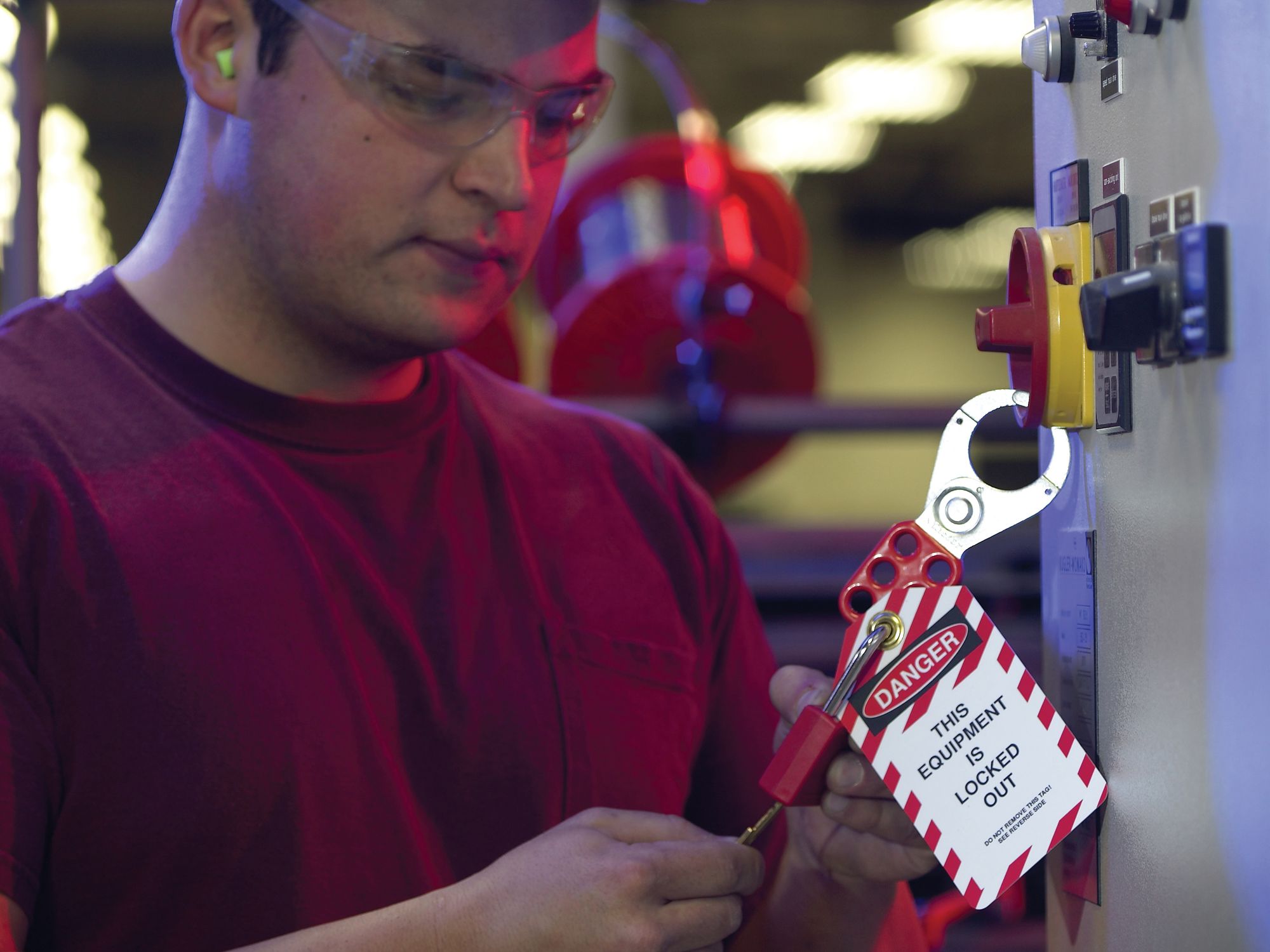Electrical controls, circuits, and equipment

When it is necessary to perform maintenance or servicing on machines or equipment, unexpected activation, reenergization, or release of stored energy is a real possibility.
Failure to adequately control energy accounts for many serious accidents in construction. Lockout/tagout procedures help safeguard employees from the unexpected start-up of machinery or equipment or release of hazardous energy while performing servicing or maintenance tasks.
Work should not be allowed on electrical circuits:
- Unless an effective lockout/tagout program is implemented.
- Which are not positively deenergized or tagged out.
The construction rules mention electrical lockout/tagout briefly and in only one place, 1926.417. However, this one place has specific rules to apply to lockout/tagout procedures for electrical equipment. Employers must:
- Tag all controls that are to be deactivated during the course of work on energized or deenergized equipment or circuits.
- Render equipment or circuits that are deenergized inoperative and attach tags at all points where such equipment or circuits can be energized.
- Place tags to plainly identify the equipment or circuits being worked on.
Although the above rules use tagout procedures, OSHA says that lockout is more effective for de-energizing equipment. It should always be the preferred method.
